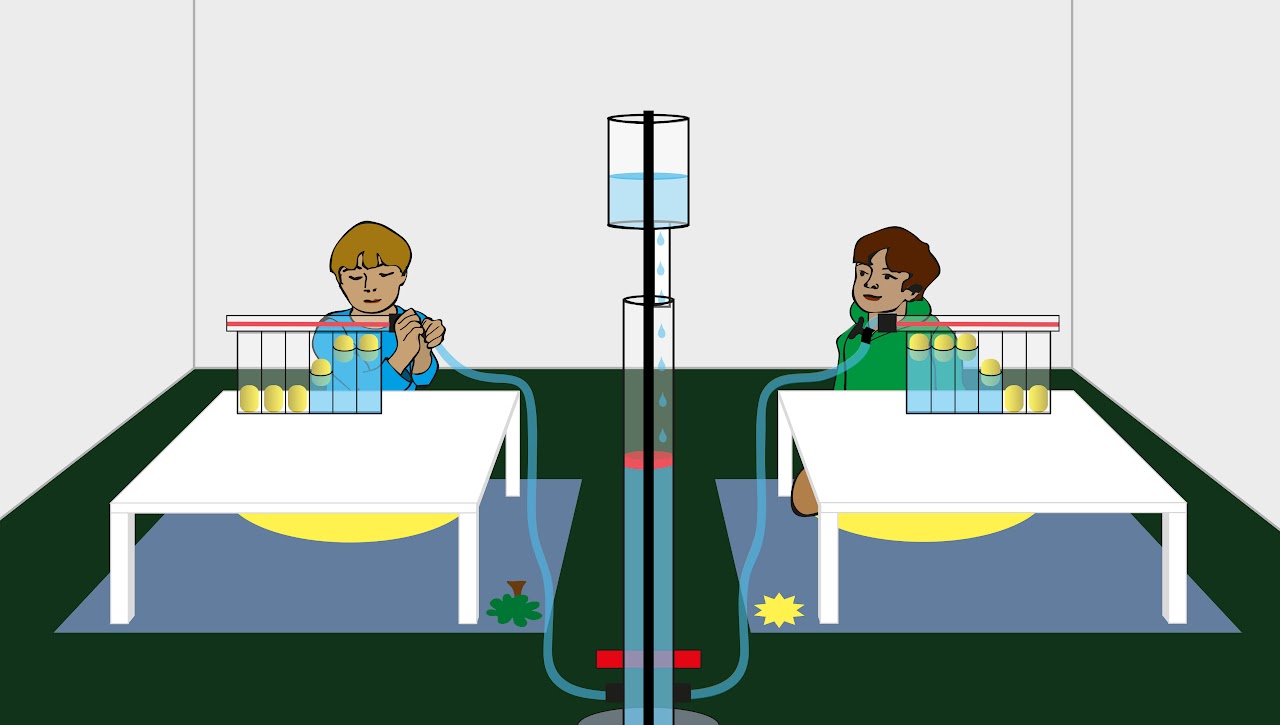
Chimps or children – who is better at sharing resources?
A comparative behavioral research experiment exploring the abilities of chimpanzees and of children to cooperate around a shared resource.
A cooperation game that simulates the challenge of our stone age ancestors to acquire food in the African savanna
This game simulates a situation in which our early ancestors of the Homo lineage found themselves on the savannas of Africa approximately 2 million years ago. It wasn’t always easy to find enough food in the savanna. There was not much vegetation like fruits and nuts to eat for some time of the year as it was very dry. Hominini species that were also living at the time, and who ate mostly plants, have even gone extinct. There were also many animals such as zebras, buffalo, rhinos, antelopes. But there were also many dangerous predators such as lions and hyenas. Our ancestors didn’t have sharp fangs or sharp claws like these predators. Nor did they yet have sophisticated tools such as bows and arrows or spears with which to kill prey or predators from a safe distance.
Research is increasingly concluding that our ancestors had to work together and share what they found to get enough food under these conditions, while protecting themselves from dangerous predators. However, working together isn’t easy, especially when it comes to food and survival. For example, we know from research that chimpanzees don’t find it easy to work together when they have to share food. We humans, on the other hand, do this quite spontaneously and even in infancy. Bonobos are much better at it too. Since bonobos are more tolerant and more likely to share food with each other than chimpanzees in the wild, it is assumed that certain social skills ensured our ancestors’ willingness to cooperate and thus their survival.
In the game, students must work together to solve a simple puzzle. This puzzle depicts a large animal of the savanna. If the group guesses the animal correctly, they have caught it and then the loot is divided among the players so that everyone in the group can have a nice meal. However, the temptation for every player is also not to “hunt” for the big animal, but instead to catch a small rabbit for themselves. If the group still catches (guesses) the big animal, then these players would get the most food.
Different versions of this game can be played to help students experience and reflect on their behavior, strategies and outcomes in different conditions, and to find ways to ensure a fair outcome.
The game is based on Obach (2003) to simulate the dilemma underlying collective action. When we live in groups and must work together, there are many social dilemmas in which there is a temptation to act in the short-term self-interest, while cooperative behavior would result in greater benefit to all in the community in the long-term.
The game is also based on the stag hunt game known in game theory, which in turn goes back to a parable by Jean-Jacques Rousseau.
Behavioral researchers suggest that under savanna conditions certain behaviors were selected in our ancestors that enable cooperation and food sharing, e.g. a more prosocial temperament, certain communication skills, a sense of fairness and empathy, and other social emotions such as guilt and shame, and over time, the ability for language and the ability to imagine the future.
Author: Susan Hanisch

A comparative behavioral research experiment exploring the abilities of chimpanzees and of children to cooperate around a shared resource.
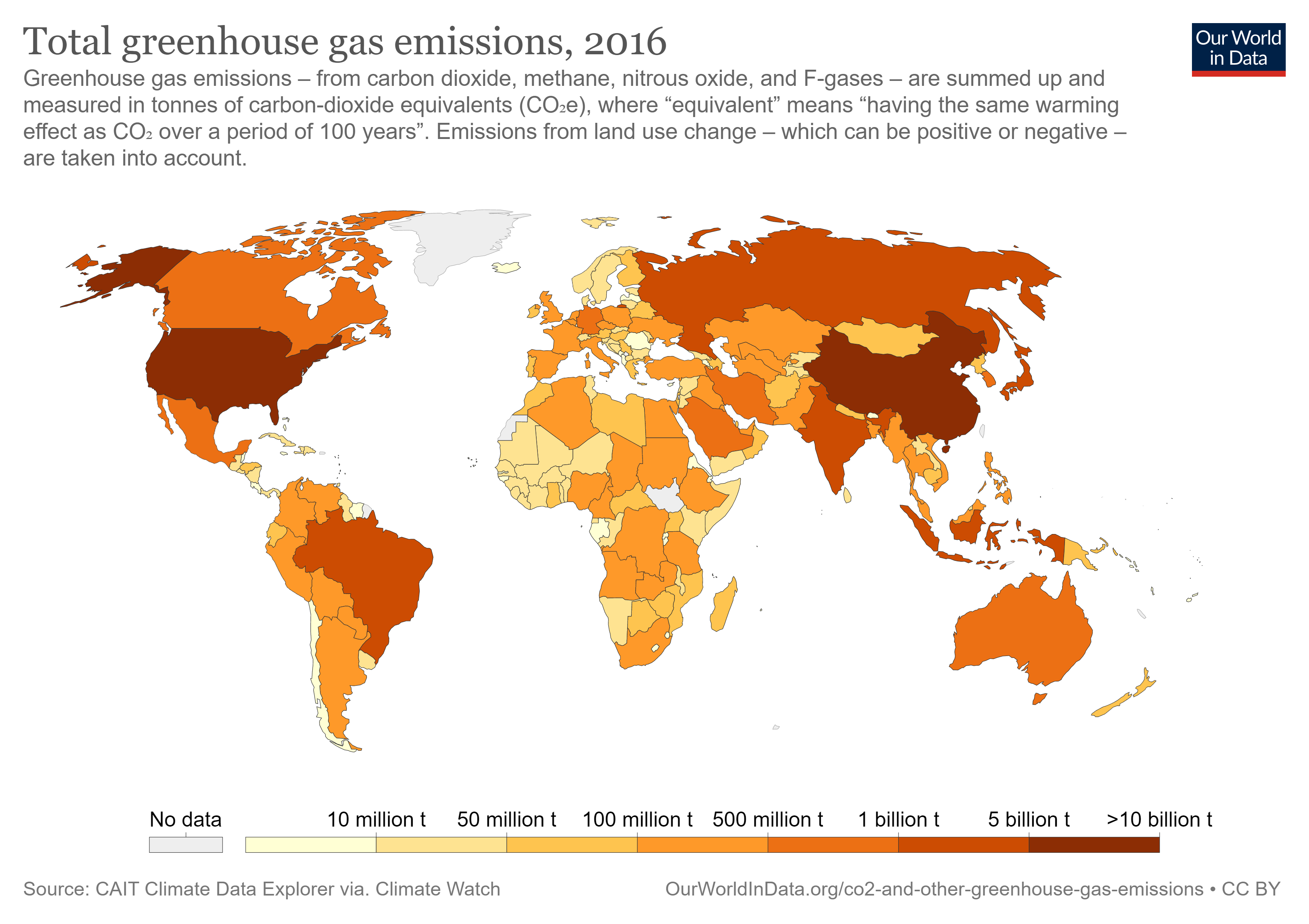
A cooperation game that lets students experience some of the challenges of cooperation in addressing global climate change
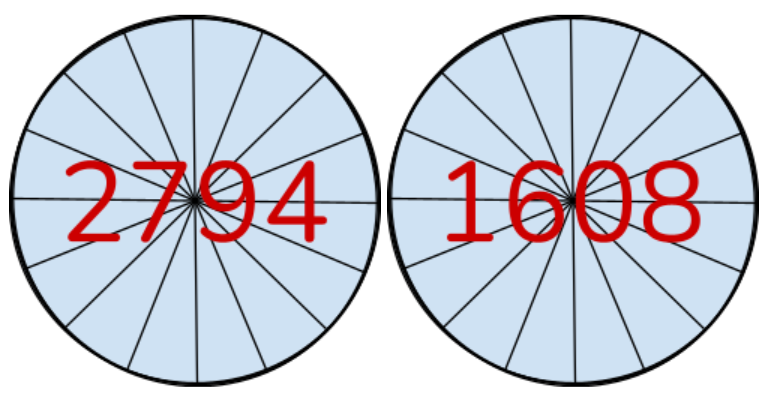
A group game that lets students experience the dilemma between self-interest and collective interest when groups have to work together to achieve shared goals.
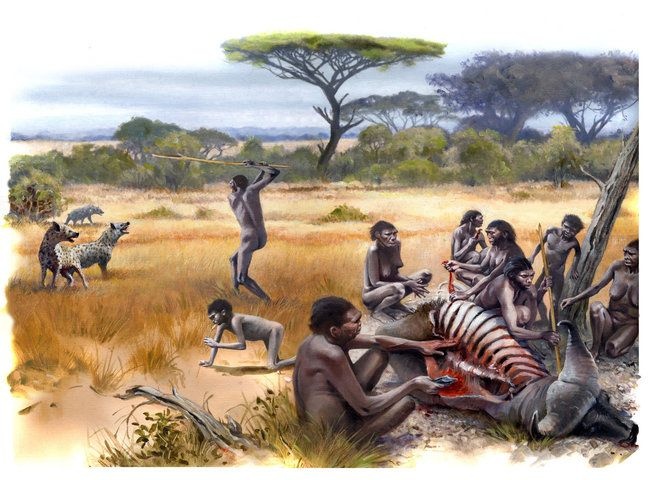
Information and teaching resources on cooperative foraging in human evolution
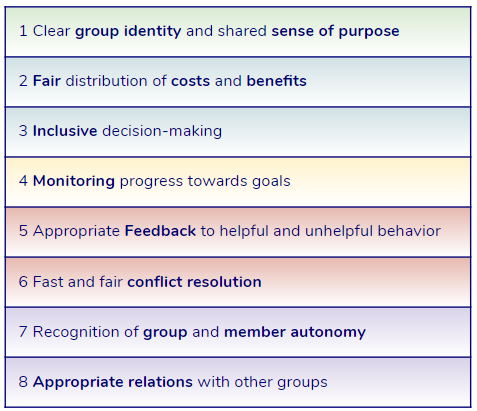
Students explore the principles that allow groups to work together and achieve common goals, applying them to the groups that they are a part of or care about.
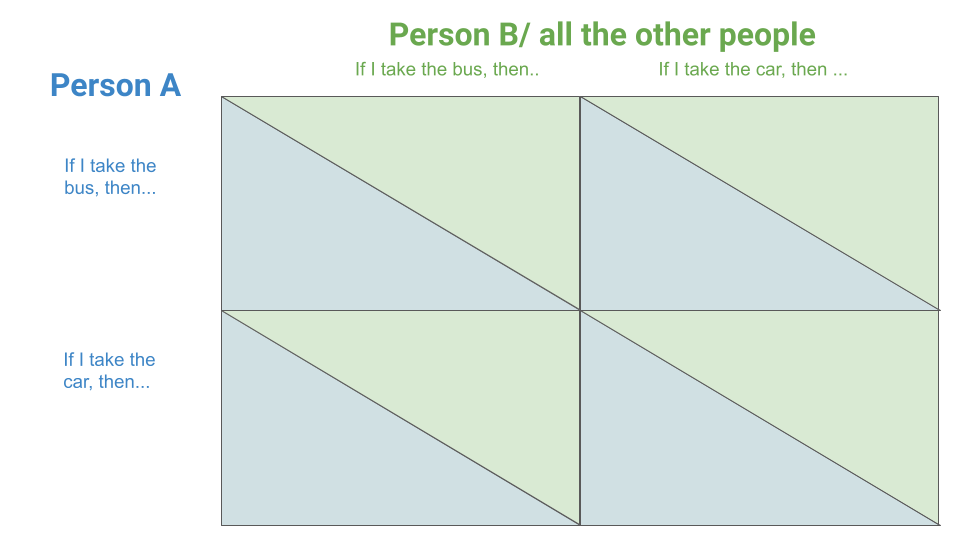
Students reflect on the causes and consequences of human behaviors in situations of social interactions, and are introduced to the payoff matrix as a helpful tool to represent motivations and outcomes of behaviors.
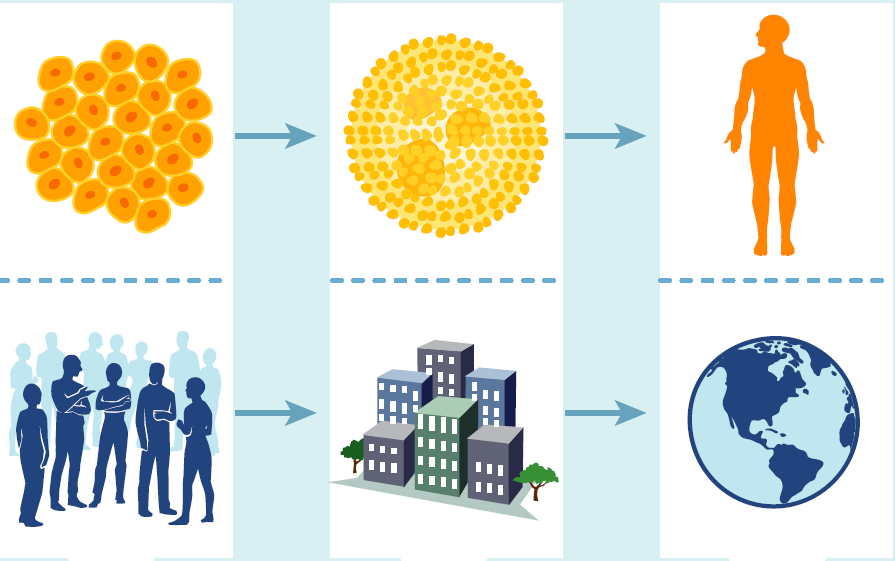
A reading text about the challenges of life in groups and how groups across biology have found ways to solve these challenges.
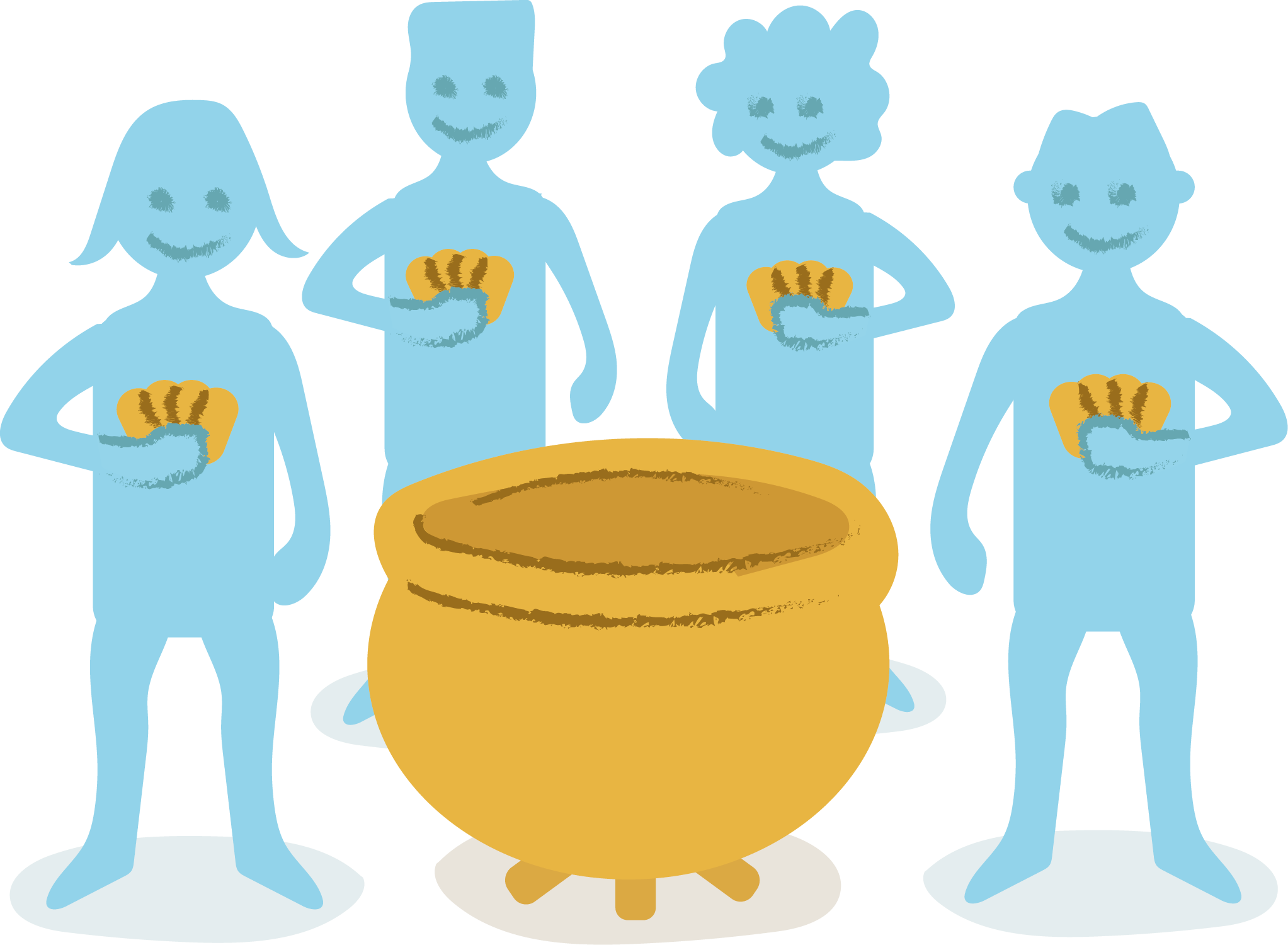
With these teaching materials, students can be introduced to game theory in general, as well as a concrete method, the public goods game. The conditions and rules of the public goods game reflect the challenge of a group to maintain common resources.
OpenEvo is an educational innovation project from the Department of Comparative Cultural Psychology at the Max Planck Institute for Evolutionary Anthropology.
Evolve the future of education with us!